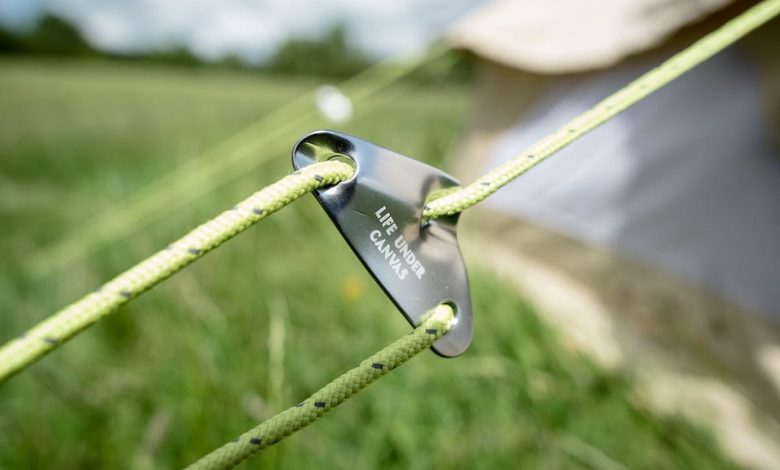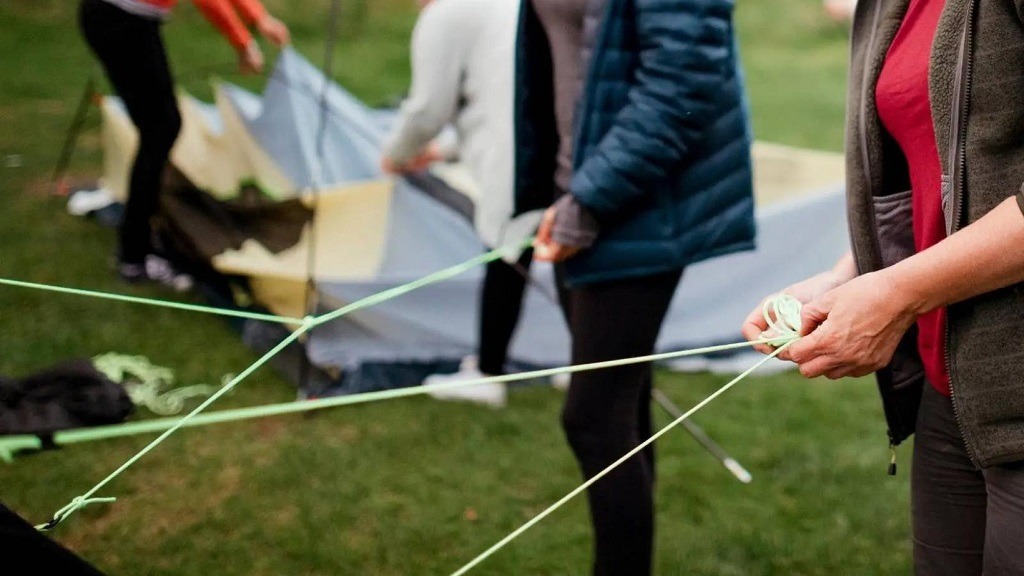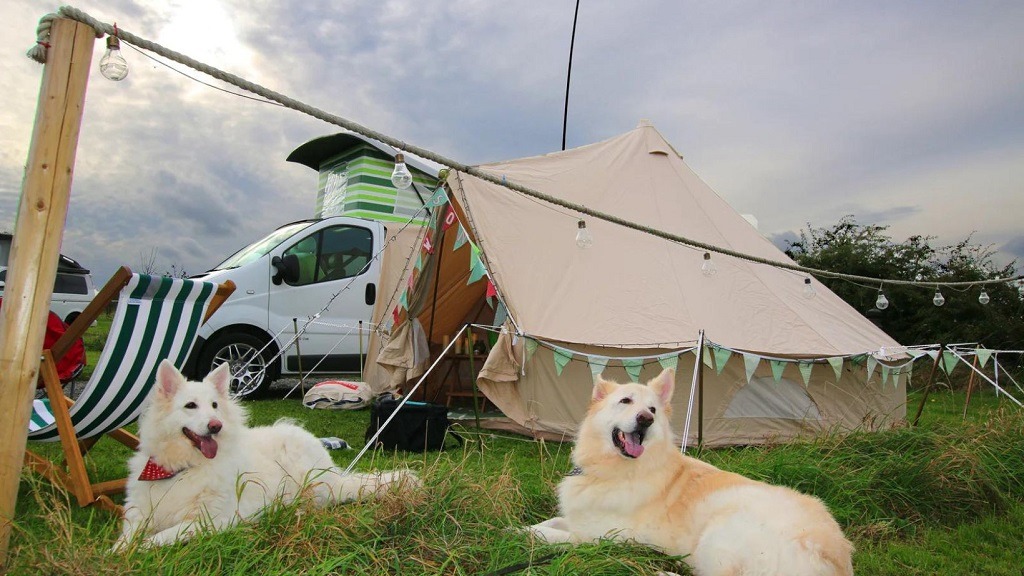How to Use Tent Guy Ropes

Hey there, fellow outdoor enthusiast! If you’re planning an exciting camping trip or a fun-filled adventure under the stars, you’re in the right place. Today, we’re going to dive deep into the world of tent guy ropes. You know, those seemingly insignificant cords that play a crucial role in keeping your tent stable and secure? Yes, those!
In this comprehensive guide, we’ll walk you through everything you need to know about using tent guy ropes effectively. Whether you’re a seasoned camper looking to refresh your skills or a novice setting up your first tent, we’ve got you covered. So, grab your notepad and let’s get started!
The Basics: What Are Tent Guy Ropes?
Let’s begin with the basics. Tent guy ropes, also known as guy lines, are those thin, often reflective cords attached to the corners and sides of your tent. Their primary purpose is to provide stability and support to your tent, especially in adverse weather conditions. These humble cords are your tent’s best friend when it comes to staying upright in the face of wind, rain, or snow. Explore how to use a rope clamp.
Step 1: Gathering Your Gear
Before we jump into the nitty-gritty of setting up your tent guy ropes, let’s make sure you have all the necessary gear handy. Here’s a quick checklist:
- Tent: Obviously, you’ll need a tent to get started. Make sure it’s the right size for your needs and properly assembled.
- Guy Ropes: Check that you have enough guy ropes for your tent. Most tents come with them, but it’s always a good idea to carry some extras, just in case.
- Stakes or Pegs: You’ll need these to secure the guy ropes to the ground. Again, extras won’t hurt.
- Tensioners (Optional): Tensioners are handy for easily adjusting the tension of your guy ropes. They’re not mandatory, but they can make your life a lot easier.
- Mallet or Hammer: This will help you drive the stakes into the ground. Trust me; you don’t want to use your shoe for this!
- Flashlight or Headlamp: Setting up in the dark? A light source is a must.
With your gear all set, let’s move on to the next step.
Step 2: Choosing the Right Location
Now that you’ve got everything you need, it’s time to pick the perfect base camp spot for your tent. Here are a few pointers to consider:
- Flat Ground: Look for a flat, even surface. Avoid slopes and uneven terrain as they can make your tent unstable and uncomfortable.
- Drainage: Ensure that your chosen spot doesn’t collect water in case of rain. You don’t want to wake up in a puddle!
- Proximity to Water: While it’s convenient to camp near a water source, make sure you’re far enough to avoid potential flooding.
- Distance from Campfire: If you plan to have a campfire, keep a safe distance from your tent to prevent accidents.
- Natural Windbreaks: Consider natural windbreaks like bushes or trees to shield your tent from strong gusts of wind.
Remember, the right location sets the foundation for a comfortable and secure camping experience.
Step 3: Pitching Your Tent
Now that you’ve found the perfect spot, it’s time to pitch your tent. Follow these steps:
- Lay out the Tent: Spread out your tent on the chosen spot. Make sure it’s oriented in the desired direction, considering factors like the view and prevailing winds.
- Assemble the Poles: If your tent has poles, assemble them according to the manufacturer’s instructions. This step may vary depending on your tent’s design, so consult your tent’s manual for guidance.
- Secure the Tent: Stake down the corners of your tent to keep it in place. This prevents it from moving while you work on attaching the guy ropes.
Step 4: Attaching the Guy Ropes
Now comes the fun part – setting up those trusty guy ropes! Here’s how to do it:
- Locate Attachment Points: Check your tent for attachment points, which are usually reinforced loops or fabric tabs near the tent’s corners and along the rainfly (the outer layer of your tent).
- Thread the Guy Ropes: Pass the end of each guy rope through the attachment point or loop. Most guy ropes come with a small plastic or metal hook on the end for easy threading.
- Stake It Down: After threading the guy ropes, drive the stakes into the ground at a 45-degree angle away from the tent. Leave a bit of slack in the ropes to allow for adjustments later.
- Tighten and Tension: Now, pull the guy ropes taut. The idea is to create enough tension to support your tent but not so tight that you risk damaging it. If you have tensioners, this is where they come in handy – simply slide them along the rope to adjust the tension.
- Secure with Knots: Tie a secure knot to keep the guy ropes in place. The most common knots for this purpose are the taut-line hitch or the bowline knot. These knots allow you to easily adjust the tension while keeping the rope firmly in place.
- Repeat for All Guy Ropes: Don’t forget to attach and tension all the guy ropes. Typically, tents have four corners and often additional guy ropes along the sides. Make sure each one is properly set up.
Step 5: Fine-Tuning for Weather
Your tent is almost ready, but there are a few weather-related adjustments to consider:
- Wind: If you’re expecting strong winds, orient the tent so that the narrowest side faces the wind. This minimizes wind resistance and makes your tent more stable.
- Rain: Ensure that the rainfly is properly extended to cover the tent and guy ropes. This prevents rainwater from dripping onto your tent and creating a wet mess.
- Snow: In snowy conditions, you may need to adjust the angle of the guy ropes to provide extra support and prevent the accumulation of snow on your tent.
- Extreme Cold: If you’re camping in freezing temperatures, be cautious about the guy ropes freezing to the ground. You might need to periodically check and loosen them to prevent damage.
Step 6: Safety Tips
Safety should always be a priority when camping. Here are some essential safety tips when using tent guy ropes:
- Visibility: Make sure your guy ropes are visible, especially at night. Many ropes come with reflective elements, but you can also attach reflective tape for added visibility.
- Tripping Hazards: Avoid creating tripping hazards by keeping guy ropes away from high-traffic areas around your tent. Use small flags or markers to highlight their location.
- Check for Wear and Tear: Regularly inspect your guy ropes for signs of wear and tear. Replace any damaged or frayed ropes to ensure they remain strong and reliable.
- Emergency Release: Teach everyone in your camping party how to quickly release the guy ropes in case of an emergency. You never know when you might need to evacuate your tent in a hurry.
Step 7: Taking Down Your Tent
When it’s time to pack up and head home, don’t forget to properly take down your guy ropes. Here’s how to do it:
- Remove Stakes: Start by removing the stakes or pegs from the ground. Use a mallet or hammer if they’re stuck.
- Loosen Tension: Release the tension in the guy ropes by undoing the knots or tensioners. This step prevents damage to your tent and makes it easier to collapse.
- Untie and Unthread: Untie any knots securing the guy ropes to your tent and unthread them from the attachment points.
- Coil Them Up: Carefully coil the guy ropes and store them in a bag or pouch. Keeping them neatly coiled helps prevent tangles for your next adventure.
- Pack Them Away: Store the guy ropes with your other camping gear so you’ll have them ready for your next trip.
Conclusion
Now that you’re armed with the knowledge of using tent guy ropes like a pro, you’re ready to embark on your next camping adventure with confidence. Remember, practice makes perfect, so don’t hesitate to set up your tent and guy ropes in your backyard a few times before heading out into the wild. Happy camping!
FAQs
- Do I really need guy ropes for my tent?
Absolutely! Guy ropes are essential for stabilizing your tent, especially in windy conditions. They prevent your tent from collapsing or blowing away, ensuring a safe and comfortable camping experience.
- Can I use rocks instead of stakes to secure my guy ropes?
While rocks can work in a pinch, it’s generally not recommended. Stakes or pegs are designed for this purpose and provide better stability. Using rocks might damage your guy ropes and make it harder to adjust tension.
- What’s the best knot to use for securing guy ropes?
The taut-line hitch and the bowline knot are both excellent choices for securing guy ropes. They allow you to easily adjust tension while keeping the rope securely in place.
- Should I leave my guy ropes attached to my tent when packing it up?
It’s a good practice to detach the guy ropes from your tent before packing it up. This prevents them from getting tangled or causing damage to your tent during storage.
- Can I reuse the same guy ropes for different tents?
In most cases, yes. Guy ropes are not specific to a particular tent and can be used with different tents as long as they are the right length. Just make sure they are in good condition and free from wear and tear before each use.


